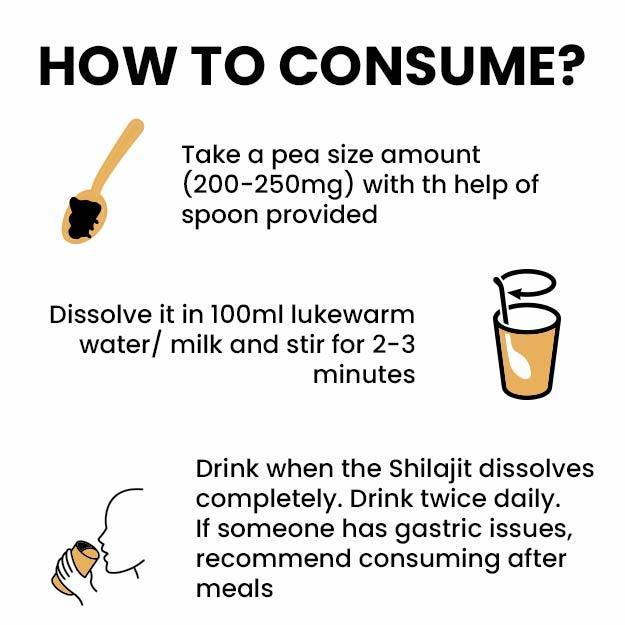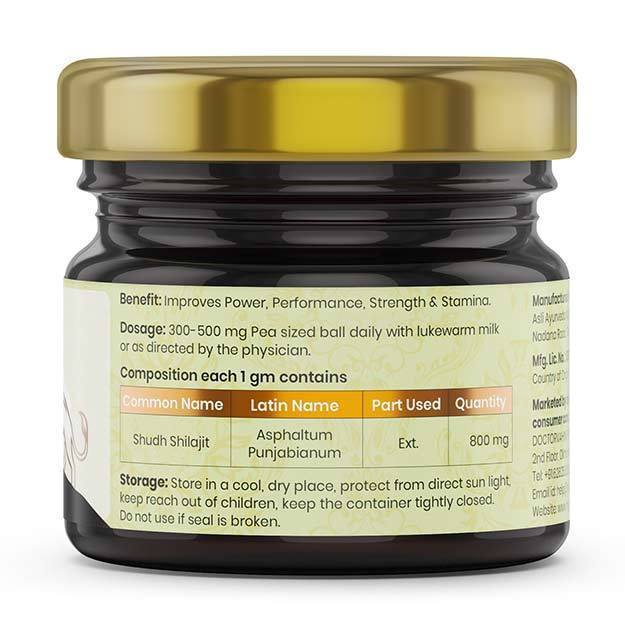‘Pranayama’ is a Sanskrit word derived from ‘prana’ meaning breath and ‘ayama’ meaning extension or regulation, which confers its meaning as the regulation of the breath. As it may be wrongly inferred from this meaning, pranayama is a lot more than mere inhalation and exhalation of air from the nostrils. It refers to an act of controlling the source of our ‘prana’ or the vital life force.
Pranayama is a yogic form, which has its roots within ancient India dating back to the fifth and sixth centuries BC with its mention made in the “Bhagavad Gita”. Since then, the practice of pranayama has been spreading itself in the entire sphere, with India being a major center of practice.
Other than being practised as a form of meditation for the attainment of peace and control, yogis and researchers suggest that pranayama is beneficial for the treatment of certain diseases, particularly those related to stress.
Out of the various pranayama techniques ‘anulom vilom’ technique is most commonly practised due to its popularity and benefits. Anulom vilom, a form of alternate nostril breathing, translating to ‘with the grain’, is considered to be the best form of pranayama. It has profound benefits for your brain, heart and body, and its benefits, steps and safety precautions will be discussed ahead.




























